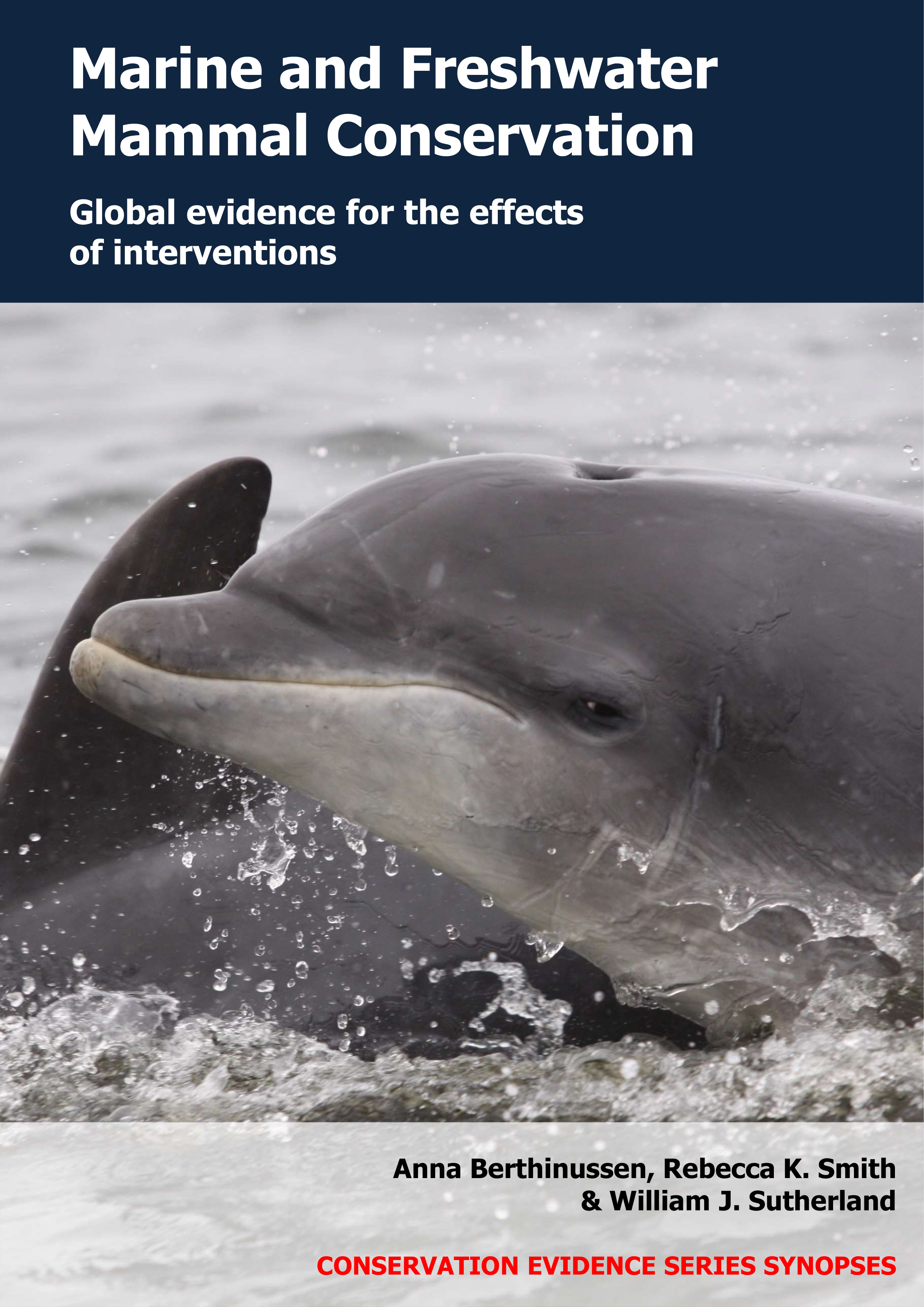Deploy fishing gear at different depths
-
Overall effectiveness category Unknown effectiveness (limited evidence)
-
Number of studies: 1
View assessment score
Hide assessment score
How is the evidence assessed?
-
Effectiveness
50% -
Certainty
35% -
Harms
15%
Study locations
Supporting evidence from individual studies
A controlled study in 1986 of pelagic sites in the Arafura Sea, northern Australia (Hembree & Harwood 1987) found that fishing nets deployed 4.5 m below the water surface had fewer entanglements of dolphins than surface nets. Entanglement rates of dolphins (including common bottlenose dolphins Tursiops truncatus and spinner dolphins Stenella longirostris) were lower in nets deployed 4.5 m below the water surface (0.2 dolphins/deployment) than in nets deployed at the water surface (0.4 dolphins/deployment). For target species, average catch rates were lower for mackerel in nets deployed 4.5 m below the surface (0.9 fish/deployment) than in surface nets (4 fish/deployment), but did not differ significantly for sharks, tuna or billfish (see original paper for data). A commercial vessel carried out 37 deployments of two fishing nets: one deployed at a depth of 4.5 m; one deployed at the water surface. Both nets were 4.9 km long x 15 m deep with a mesh size of 140–150 mm. Dolphin entanglements and target fish catches were recorded for each of the 37 deployments in February–March 1986.
Study and other actions tested
Where has this evidence come from?
List of journals searched by synopsis
All the journals searched for all synopses
This Action forms part of the Action Synopsis:
Marine and Freshwater Mammal Conservation
Marine and Freshwater Mammal Conservation - Published 2021
Marine and Freshwater Mammal Synopsis





)_2023.JPG)














